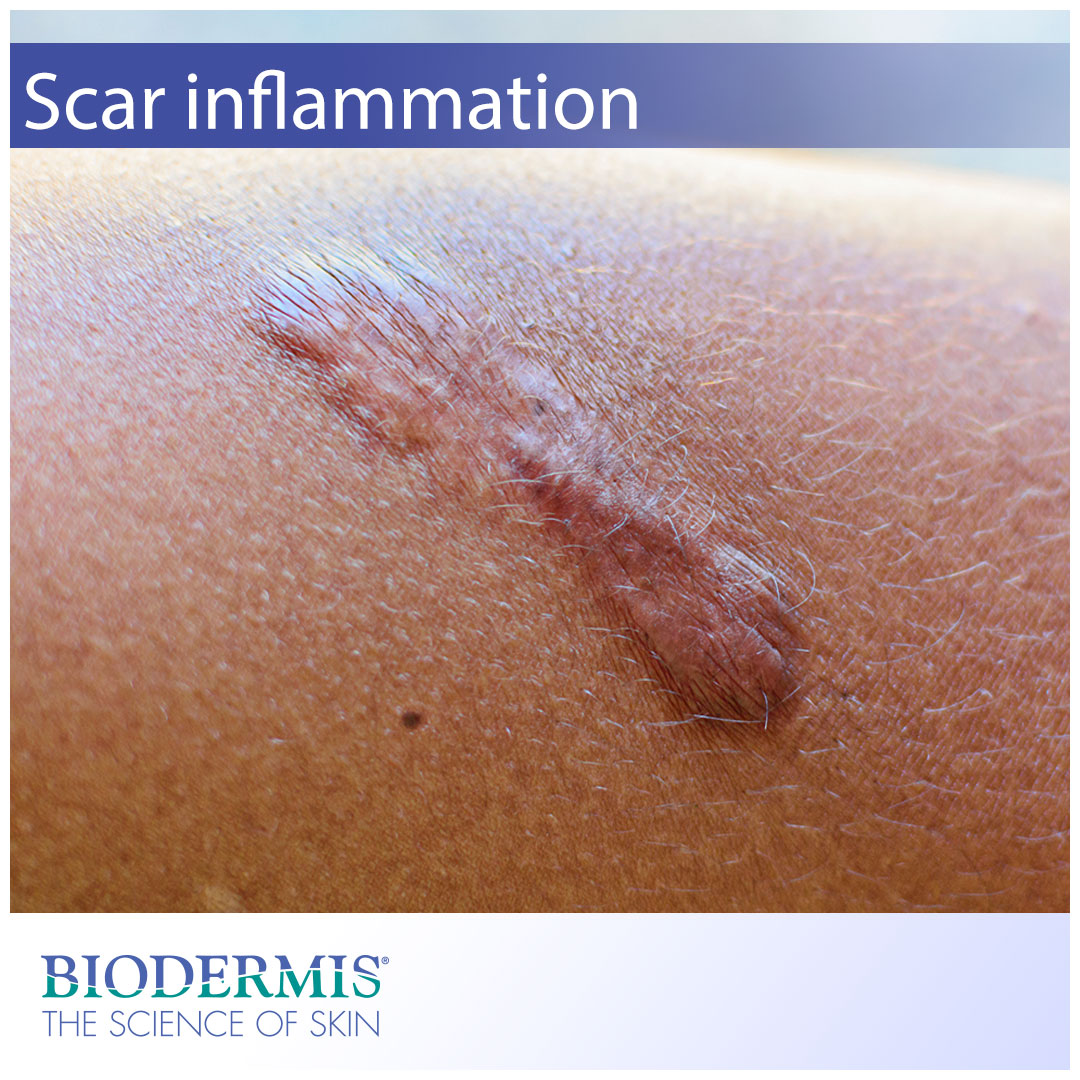Research suggests that scar formation and bodily inflammation are directly correlated to one another. Generally, the greater the impact the body sustains and the deeper the wound, the greater the inflammation will be at the wound site. When there are higher levels of inflammation during injury and during the wound healing process, greater scarring is sure to follow. When the inflammatory response in the body during injury is low, then wounds can heal with very little scarring. In this article, we will explore the ways that scarring and inflammation are related and what you can do to flatten and fade your scars.
When it comes to inflammation in scar tissue, most people are concerned with the way the symptoms are visibly expressed. Two scar types—keloids and hypertrophic scars—are associated with a greater inflammatory response at the wound site. Keloids are characterized by scar tissue that has grown past the initial boundaries of the wound. They can look like tumors that have formed on the surface of the skin. Keloids appear raised, ropey, lumpy, purple, or brown. These scar types affect people who have a genetic predisposition to developing them. Hypertrophic scars are a little less severe but can still be burdensome. These scars are raised and can appear red, purple, or pink. Both scar types can be itchy, painful and, in severe cases, limit mobility in certain areas of the body. While inflammation in the body cannot be controlled, there are clinically-proven ways to flatten and reduce your scars.
Silicone gel for scars
Medical-grade silicone gel sheeting for scars is a clinically-proven treatment for the reduction of inflamed scars, such as keloids and hypertrophic scars. Silicone gel works simply and effectively through hydration and oxygen. By encapsulating the scar bed with a layer of silicone, the scar tissue is placed in an optimal healing environment, also known as homeostasis. The hydration of the scar site signals fibroblasts in the scar tissue to slow down collagen production. The normalization of collagen products has the effect of flattening and fading the scar.
Silicone gel in the form of gel sheeting, ointment, or scar sticks should be applied to the scar site for a minimum of 8-12 weeks to see a noticeable reduction in the scar tissue. Because everyone’s skin is unique, a treatment period for each individual may be fewer than or greater than the average 8-12 week duration. Silicone gel is hypoallergenic and safe for children, pregnant women, and the elderly. Topical silicone gel can be applied to an incision site as soon as the stiches have been removed and the wound has fully healed. Silicone gel can be purchased online at biodermis.com or through your physician. Ask your doctor if silicone gel for scars is right for you.
Biodermis is an innovative market leader with 30 years of expertise in the medical silicone industry. Visit Biodermis.com today to explore a complete range of scar management and post-operative care solutions.
Biodermis offers custom tailored referral programs designed to simplify and reduce the cost of your patients' post-op care. Additionally, we offer professional pricing if you opt to retail our products. Give us a call at 800.322.3729, and we will be happy to provide additional details on these programs.






